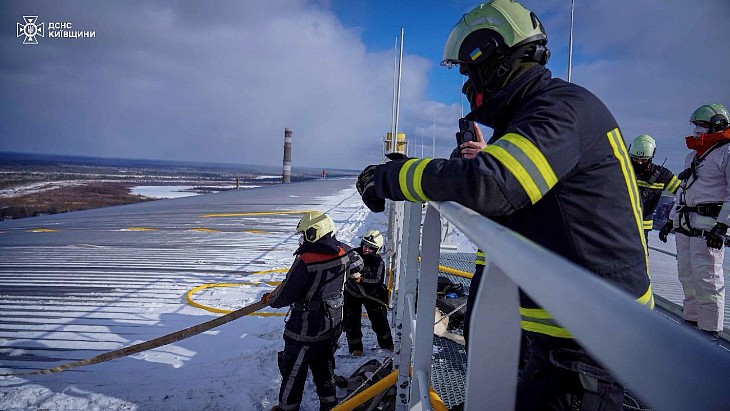IAEA sees no rise in tritium level near Fukushima Daiichi
.jpg)
At the Fukushima Daiichi site, contaminated water - in part used to cool melted nuclear fuel - is treated by the Advanced Liquid Processing System (ALPS), which removes most of the radioactive contamination, with the exception of tritium. This treated water is currently stored in more than 1000 tanks on site. The total tank storage capacity amounts to about 1.37 million cubic metres and all the tanks are expected to reach full capacity in late 2023 or early 2024.
Japan announced in April 2021 it planned to discharge treated water stored at the site into the sea over a period of about 30 years. Tokyo Electric Power Company (Tepco) began discharging this water on 24 August.
IAEA staff at the agency's office at the site have since sampled seawater from several locations within three kilometres of the site, at sea and from the coast.
"The Agency's independent sampling and measurement of the seawater from the coast shows consistency with the values reported by Tepco as well as the Ministry of Environment of Japan," the IAEA said. "Tepco reports daily public results on its website showing that the tritium activity concentration in the sea falls below its operational limit, that is, the limit set for operation of the ALPS discharge process that must not be exceeded. The Agency is continuing its analysis of all the seawater samples."
The IAEA has been collecting marine samples in the waters off Fukushima over the past decade, following a request by the Japanese government to assist it in ensuring that its sea area monitoring - conducted since the accident in 2011 - maintains a high quality, and is credible and transparent. The project is a follow-up activity to recommendations made on marine monitoring in a report by the IAEA in 2013 related to the decommissioning of the Fukushima Daiichi plant.
The IAEA will have a presence on site for as long as the treated water is released.









_88592.jpg)
_66488.jpg)

